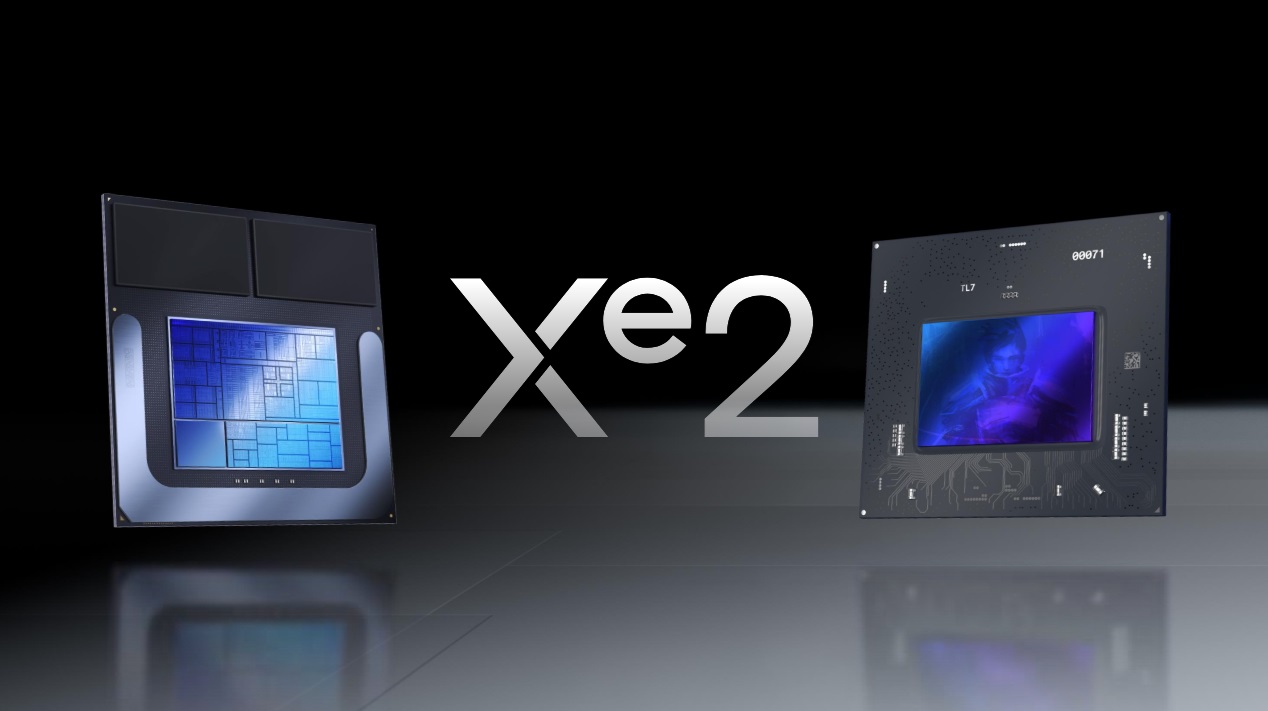Why Xe2 is making me excited about next-gen Intel GPUs
Intel gives us a glimpse at the future of their graphics tech – Xe2 has arrived
Ahead of Computex, we have the chance to talk shop with Intel’s engineers. One of the things that Intel wanted to discuss was Xe2, Intel’s next-generation graphics architecture. Xe2 is coming to market with Intel’s Lunar Lake CPUs, and after that it will be coming to market with ARC Battlemage discrete GPUs.
After hearing what Intel had to say, all I can say is that I am excited. While some rumour mongers may claim that Intel wants to leave the GPU market, it is clear to us that Intel has plans within the GPU space, and that they are working hard to make then happen. Xe2 has arrived, and it is much better than Xe1.
Microbenchmarking Intel Xe2
Intel’s ARC Alchemist GPUs were Intel’s first attempt at making a modern discrete GPU. To say the least, creating ARC was a huge learning process for Intel. AMD and Nvidia have years of work to look back on, but Intel had to work things out from a much cleaner slate.
With ARC Alchemist, Intel found some clear room for improvement. With Xe2, Intel has focused on the weak point of Xe1 to deliver more performance to users. Tasks that were completed in software can now be completed in hardware. Xe2 can now achieve higher levels of resource utilisation. Beyond that, work distribution has improved to keep their GPUs fed with tasks and working hard.
Below, we can see some microbenchmarks for Xe2. Clearly, Intel has made some major improvements to several areas of their GPU architecture. One area has seen a staggering 12.5x increase in performance. Below, we can see some ray tracing focused tasks, a 7x boost to compute dispatch, and a 4.1x boost to mesh shader dispatch. Intel has made some major changes to their next-generation ARC GPUs, and we can already see the results today with Lunar Lake.
2nd Gen Xe cores
With Xe2, Intel has worked to make the fundamental building blocks of their GPU architecture better. With Xe2, Intel has moved from an SIMD8 design to a SIMD16 design. This change has a lot of efficiency benefits, and a lot of compatibility benefits. More games should run faster out of the box, as Intel has made many fundamental improvements with their new Xe2 architecture.
When scaling up their original Xe architecture to create their ARC Alchemist GPUs, Intel uncovered a lot of bottlenecks that were simply never a problem for them before. After all, Intel’s focus was on integrated graphics prior to this, and those GPUs were not focused on gaming workloads.
With Xe2, Intel has worked to remove these bottlenecks, reducing latency, removing stalls, and improving how their software interacts with their hardware. To put it another way, Intel has learned a lot of lessons. Those lessons will result in a much better product with Battlemage.
Intel Xe2 will deliver stronger ray tracing performance
With Xe2, Intel put a lot of effort into increasing their ray tracing performance. Xe2 now has more traversal pipelines, 18 box intersections, and two triangle intersection units to accelerate their ray tracing BVH traversal pipeline. This will enable increased ray tracing performance with Xe2. That’s a great thing for Intel’s future discrete GPUs.
The main takeaway with from Intel’s Xe2 architecture overview is that a lot of lessons were learned from ARC Alchemist. This means that Xe2 GPUs will work better than their last generation counterparts in some fundamental ways. That’s great news for gamers, as this means that Intel’s next-generation GPUs will be a lot more competitive than their last-generation counterparts.
Xe2 with Lunar Lake
With Lunar Lake, we can already see the the impact of Intel’s efforts. With the same number of Xe Cores as Meteor Lake, Intel are promising a 1.5x performance boost. Intel are also delivering more performance at every power level. That’s great news for any potential Lunar Lake powered PC gaming handheld.
Overall, Intel has left me excited about the future of the GPU market. Battlemage is coming, and it Intel seems ready to impress.
You can join the discussion on Intel’s Xe2 graphics architecture on the OC3D Forums.











